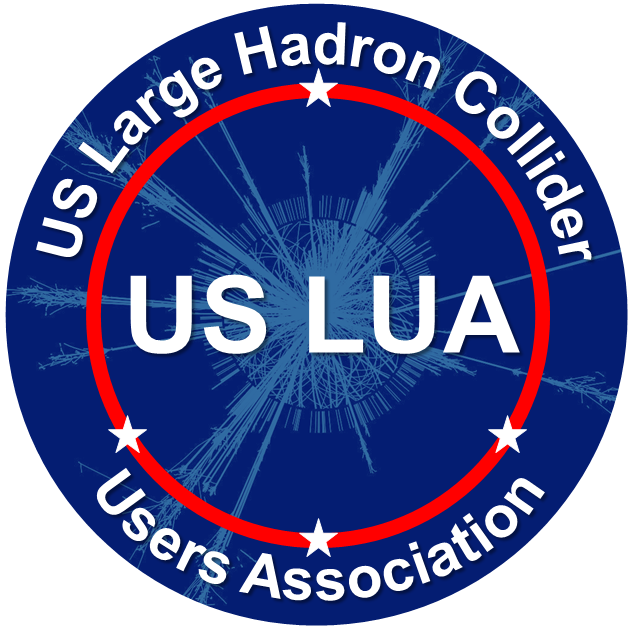US Particle Physics
(From usparticlephysics.org)
Particle physicists endeavor to understand matter, energy, space, and time—from the tiniest particles to the entire cosmos. Investment in fundamental research enables the U.S. to champion global collaboration, spearhead scientific breakthroughs, and power innovation.
Exploring the Quantum Universe
America’s particle physics research program transforms our understand- ing of the universe by pursuing some of humankind’s most profound questions:
- How did the universe evolve into its present form?
- What are the fundamental building blocks of matter?
These questions inspire the construction of world-leading facilities, from particle accelerators to telescopes, to illuminate the sweeping connections between nature’s smallest and largest structures.
Investing in the Future
Sustained progress in particle physics over the next decade requires continued and amplified investment to:
- Train the next generation of scientists and build a competitive workforce to steer technological advancement
- Construct critical technological and computational infrastructure to ensure U.S. leadership in cutting-edge research
- Advance emerging technologies and theoretical frameworks to facilitate cross-disciplinary synergies with industry
Driving Advancements in Technology R&D
The U.S. particle physics community comprises a network of scientists, engineers, technicians, and students whose work continues to galvanize innovation across a wide range of sectors:
- Medicine: Improve diagnostics & treatment of disease
- Security: Sharpen nuclear monitoring & cyberinfrastructure
- Energy: Strengthen breakthroughs in nuclear fusion
- Computing: Enhance quantum systems & artificial intelligence
- Industr y: Promote manufacturing & microelectronics partnerships
- Geology + Archeology: Study natural & manmade structures
The U.S. particle physics community’s vision is guided by intertwined science drivers—Deciphering the Quantum Realm, Illuminating the Hidden Universe, and Exploring New Paradigms of Physics—that represent the most promising avenues of investigation.
The United States at the Large Hadron Collider
Why the Large Hadron Collider at CERN?
The LHC, located near Geneva, Switzerland, is the world’s most powerful particle collider. It accelerates and smashes atomic nuclei together, recreating the energetic conditions that existed after the Big Bang and generating new particles. Huge detectors record the collisions, and scientists study the products.
What are the smallest things that exist?
The subatomic world is a complex mosaic of fundamental particles, fields and forces. But there are still many pieces we don’t understand.
How can we find these particles?
Albert Einstein discovered that energy and mass are two sides of the same coin. Pack enough energy into a tiny region of space, and new particles will pop into existence.
What does this research accomplish?
• Uncovers the ultimate laws of nature
• Charts the origins of the universe
• Explores the properties of matter and energy
What’s next?
Scientists are characterizing the newly discovered Higgs boson, investigating subatomic interactions and searching for new particles and forces. The next steps and goals are outlined in a long-term strategic plan for the US particle physics program called the P5 Report.
Learn more at united-states.cern and usparticlephysics.org
 US LUA
US LUA